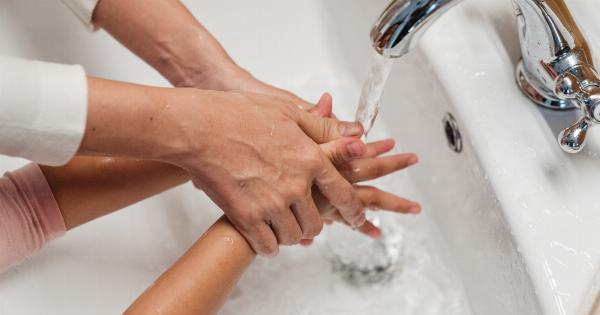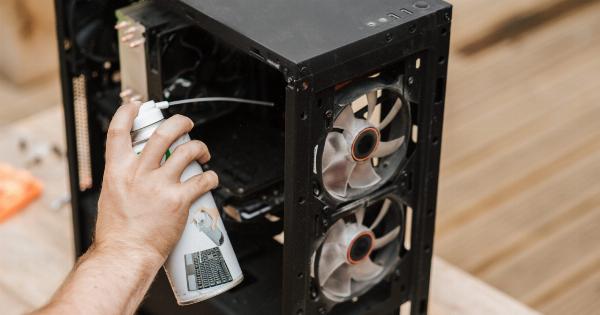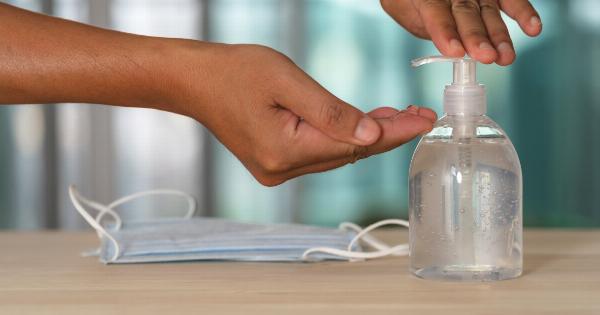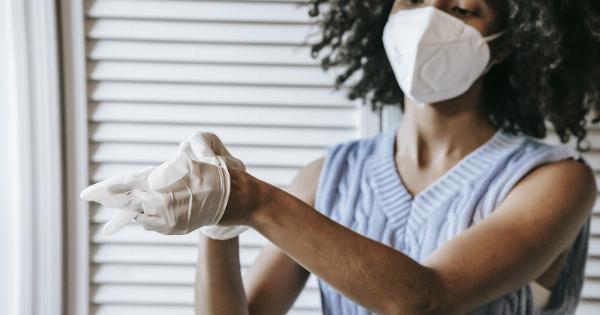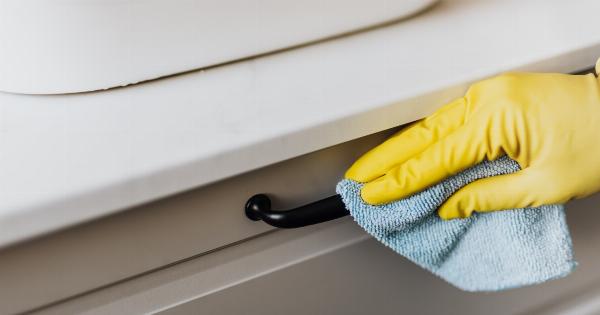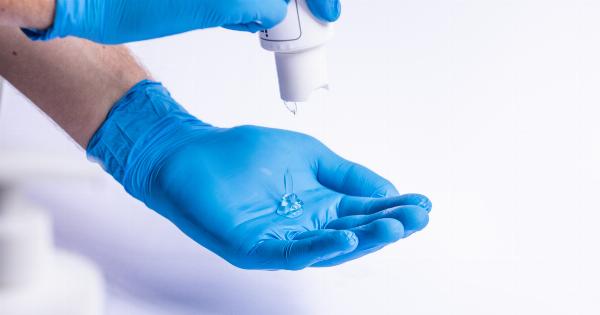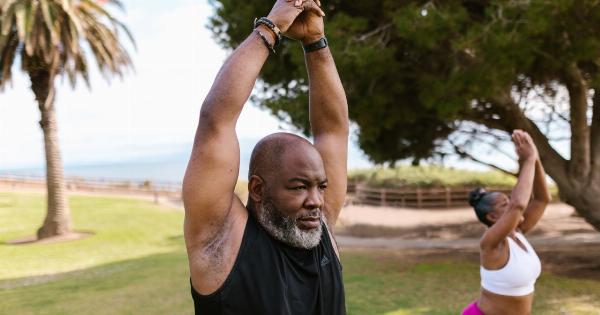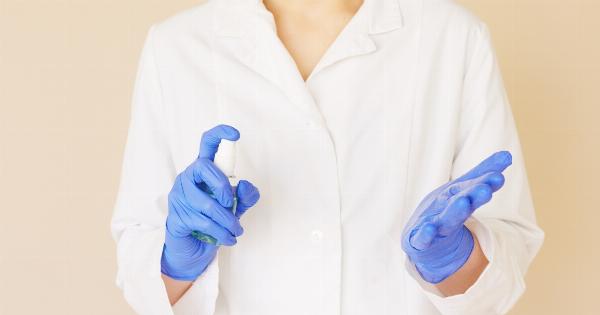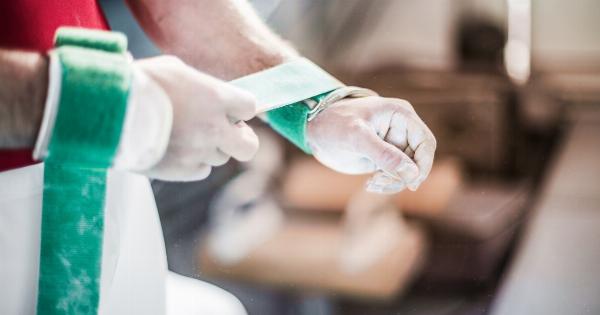Handshakes have been a common greeting for ages. It’s a polite way to introduce ourselves, express gratitude, or seal a business deal.
However, did you know that shaking hands can transfer more germs than you could ever imagine? A single handshake can result in the exchange of a vast amount of bacteria, viruses, and other microbes that can cause serious health problems.
The Science Behind the Germs on Our Hands
Our hands are covered with millions of bacteria and other microorganisms, most of which are harmless. However, some of them can be highly dangerous and can cause infections and diseases.
When we shake hands, we transfer these germs from one person to another.
There is a common misconception that the palms are the most contaminated parts of the hand. However, studies have shown that our fingertips carry more germs than any other part of our hands.
This is because we use our fingers to touch surfaces and objects that may harbor germs.
The Risks of Handshakes
Shaking hands can lead to the spread of several illnesses, including colds, flu, and gastrointestinal illnesses. These illnesses are highly contagious.
Hence, you could be potentially infecting others or getting infected yourself by just a single handshake.
Handshakes can also transfer deadly viruses, such as the COVID-19 virus. The CDC advises that people should avoid close contact, including handshakes, with others to prevent the spread of COVID-19.
Handwashing – The Best Defense Against Germs
Handwashing is the simplest and most effective way to prevent the spread of germs. Regular handwashing removes the germs that we pick up from other people, surfaces, and objects, and reduces our risk of getting infected with illnesses or viruses.
To wash your hands thoroughly, lather your hands with soap and running water for at least 20 seconds. Make sure to wash your fingertips, the backsides of your hand, and under your nails.
The Importance of Hand Sanitizer
When soap and water are not available, hand sanitizers can be an effective alternative to reduce the spread of germs.
However, hand sanitizers do not remove all types of germs from your hands and are not as effective against some viruses such as norovirus and Cryptosporidium.
It is important to choose a hand sanitizer with at least 60% alcohol content and use it correctly. Apply the hand sanitizer to the palm of one hand, then rub your hands together, covering all surfaces of your hands and fingers until they are dry.
The Future of Handshakes
Now that the world is widely contagious of the risks of handshakes, the social norm might shift towards other greetings. Several people have adopted alternative greetings such as elbow-bumps or foot-taps.
These alternative greetings are encouraging, especially during pandemics, and could be here to stay, even after the pandemic is over.
In Conclusion
Handshakes have always been the norm, but the shocking truth about the germs they spread demands a new approach.
Regular handwashing and the use of hand sanitizer are crucial in reducing the risks of germs which are potentially harmful to both you and others. Alternative greetings offer the prospect of a safer future, and we should all embrace safe and healthy greetings throughout this pandemic and beyond.



